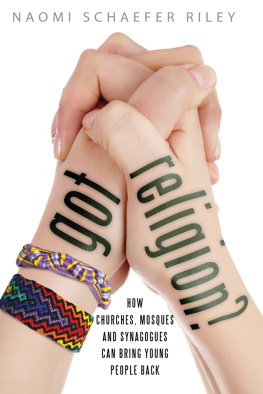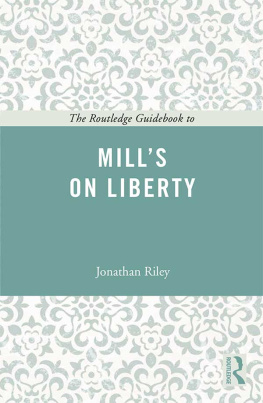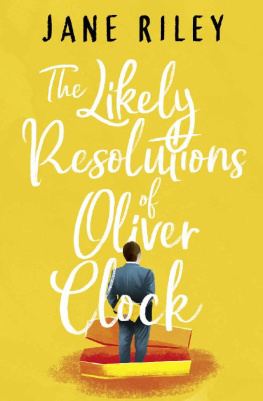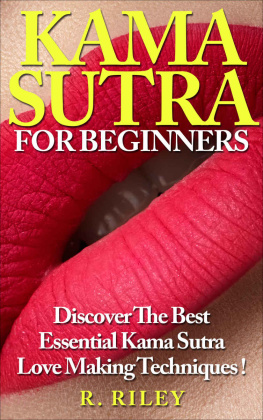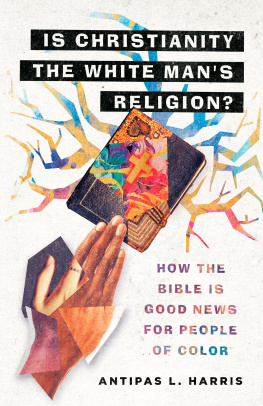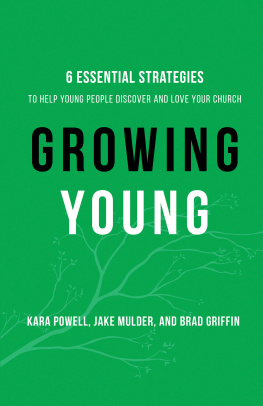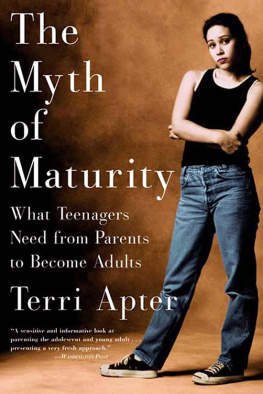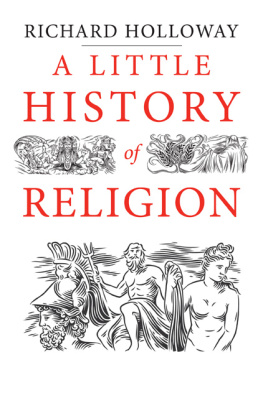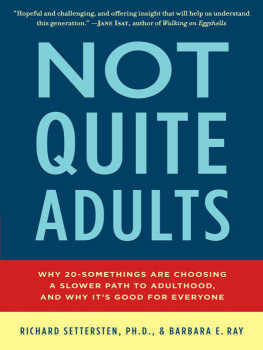
Got Religion?

How Churches, Mosques, and Synagogues
Can Bring Young People Back

Naomi Schaefer Riley

TEMPLETON PRESS
Templeton Press
300 Conshohocken State Road, Suite 500
West Conshohocken, PA 19428
www.templetonpress.org
2014 by Naomi Schaefer Riley
All rights reserved. No part of this book may be used or reproduced, stored in a retrieval system, or transmitted in any form or by any means, electronic, mechanical, photocopying, recording, or otherwise, without the written permission of Templeton Press.
Designed and typeset by Gopa & Ted2, Inc.
ISBN-13: 978-1-59947-391-8
Library of Congress Cataloging-in-Publication Data on file.
Printed in the United States of America
14 15 16 17 18 10 9 8 7 6 5 4 3 2 1
Contents

Preface

A FEW YEARS AGO I was asked to join a committee at my synagogue that was tasked with figuring out how to make nursery school parents into more active synagogue members. Whatever else one could say about a drop-off in religious affiliation, these peopleparents of young childrenwere supposed to be the ones we could count on to be active members. And yet week after week the vast majority of families did not come to synagogue. Maybe I was asked to be on the committee because I write about religion. Or maybe its because I was part of the problem.
The committee organized focus groups and asked parents in their thirties and forties why they were willing to drop off their kids for preschool every morning but they werent attending Shabbat services with them Saturdays or why they werent volunteering more or why they werent planning to sign the kids up for Hebrew school. The answers varied greatly. For some it was time; for others the service was not the sort they had grown up with; and for many, religious observance simply wasnt a priority.
But over and over, one line was repeated: Id come if I knew other people were coming.
Really? I began to grow frustrated (sometimes visibly so) when people offered this answer, wondering if I was talking to eighth-graders or grown-ups. Youll come if other people come? If the cool kids come? This seemed like such an absurd reason to stay home and at the same time something the leadership of the synagogue seemed to have very little ability to change.
There had to be some better way to think about getting, congregants involved. The frustration is even worse when it comes to singles and their religious practices. They arent even setting foot in the door to use the preschool. So what would possess them to start thinking seriously about joining or participating in the life of a religious institution?
Like thousands of religious institutions around the country, mine has made a valiant effort to engage the unaffiliated and the disaffected. Though I am a little older than many of the people interviewed in this book and, more importantly, I am at a different stage of life (married with kids, not single), seeing why young adults dont bother with religious life is very easy for me. As the rabbi at Sixth and I, a popular synagogue in Washington, DC, told me, Were not competing with other synagogues on Friday nights. Our competition is movies and plays and bars and restaurants and parties.
Nonetheless, seeing the appeal of the religious institutions young adults have chosen is easy. Its not only because the cool kids are attending. In the course of researching this book I found the ones they attach themselves to are not necessarily the biggest or the most flashy. They are not the wealthiest or the ones employing the latest technology. They are the ones that help young adults form the habits of believers.
The period we refer to as emerging adulthood is a kind of second adolescencenot because twenty-somethings are immature but because their lives are unstable in the same ways adolescent lives are. Theyre moving to new places, with new roommates. Theyre making new friends, dating different people, trying out new jobs, going back to school, making money, and going into debt. At this stage in life they dont give religious institutions a lot of consideration.
But our churches and synagogues and mosques actually have the opportunity to create some stability for them, to give them real responsibility in a community, to help them form those habits that could last a lifetime.
As the sun goes down on Friday night, Jews around the world sing a medieval hymnShalom Aleichemin which we wish peace upon the ministering angels. Who are these angels? According to the Talmud, one good angel and one evil angel accompany a person home on Friday night from the synagogue. When they arrive home, if they find a candle lit, the table set, and beds arranged nicely, the good angel says, May it be Gods will that next Shabbat be the same, and the evil angel is compelled to respond, Amen! Otherwise, [if the home is not prepared in honor of Shabbat] the evil angel says, May it be Gods will that next Shabbat be the same, and the good angel is compelled to respond, Amen!
My own rabbi was recently discussing this passage, and he made an important observationone more sociological than theological. The fact of the matter, he told a group of us gathered, is that Next Shabbat will probably be the same. In other words, if you light the candles and say the blessing over the challah and the wine, if you have prepared a nice meal and set aside time for your family and friends this Friday night, you will probably do the same thing next week. If you dont, chances are you wont next week either.
That is both the happy and the sad truth about young adults and religion. The habits they form this week will affect next week, too. And all the years to come.
Introduction

I N A WIDELY discussed 2013 article in the Atlantic called A Million First Dates, author Dan Slater wrote that online romance is threatening monogamy. Men and women are simply not willing to offer the same amount of commitment because in the backs of their minds they are always aware of the other possibilities. Heres what one single man in his early thirties told Slater about the way Internet dating affected the way he viewed the end of a long-term relationship:
Im about 95 percent certain that if Id met Rachel offline, and if Id never done online dating, I wouldve married her. At that point in my life, I wouldve overlooked everything else and done whatever it took to make things work. Did online dating change my perception of permanence? No doubt. When I sensed the breakup coming, I was okay with it. It didnt seem like there was going to be much of a mourning period, where you stare at your wall thinking youre destined to be alone and all that. I was eager to see what else was out there.
Eager to see what else is out there. That pretty much describes the modern worldespecially the world through the eyes of twenty- and thirty-somethings. It has become clich to point out that the array of choices we have today often leaves us more unhappy than a limited spectrum might have.
Next page
